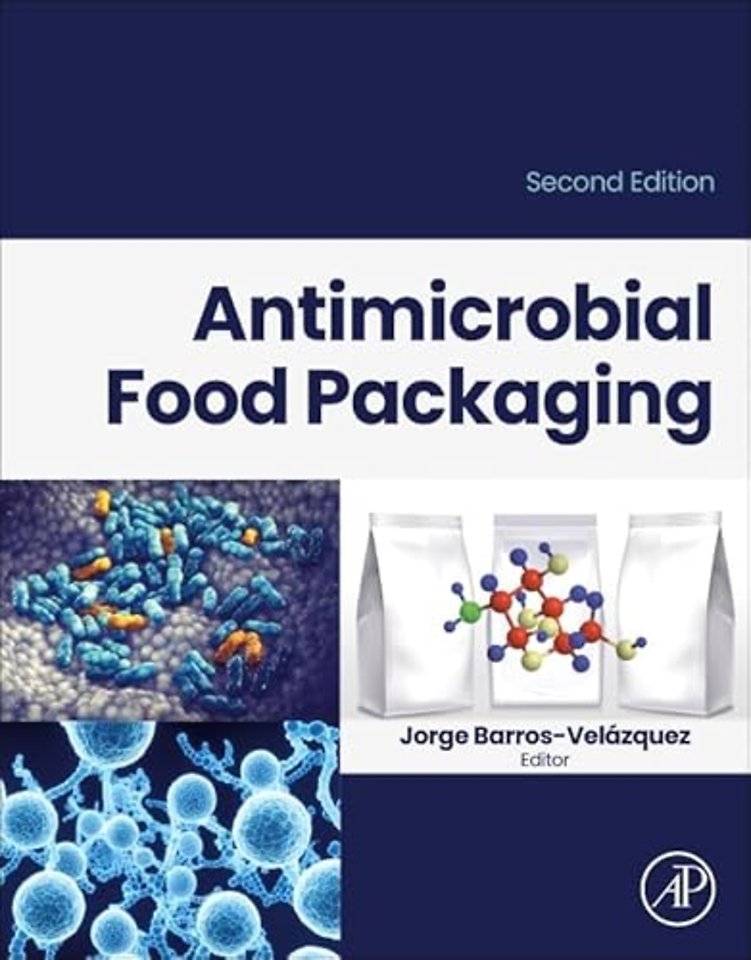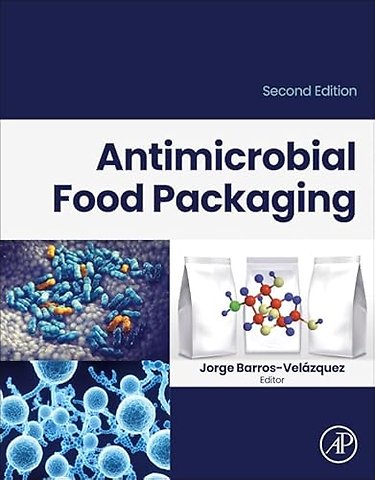Antimicrobial Food Packaging
Samenvatting
Antimicrobial Food Packaging, Second Edition continues to be an essential resource covering all aspects in the development and application of novel antimicrobial films to all types of packaged foods. The book is organized in six parts to include the main backgrounds and frameworks of the topic, types of packaging materials and packaging systems and the migration of packaging elements into food, the most relevant established and emerging technologies for microbial detection in food systems, the development and application of antimicrobial packaging strategies to specific food sectors, and the most promising combinational approaches, also including combinational edible antimicrobial coatings.
Useful to a wide audience of researchers, scientists, and students, the new edition brings five new chapters that include the latest information on smart packaging for monitoring food quality, postbiotics in antimicrobial packaging applications, emerging hydrocolloids from food processing waste or novel antimicrobial packaging strategies in dairy products.

